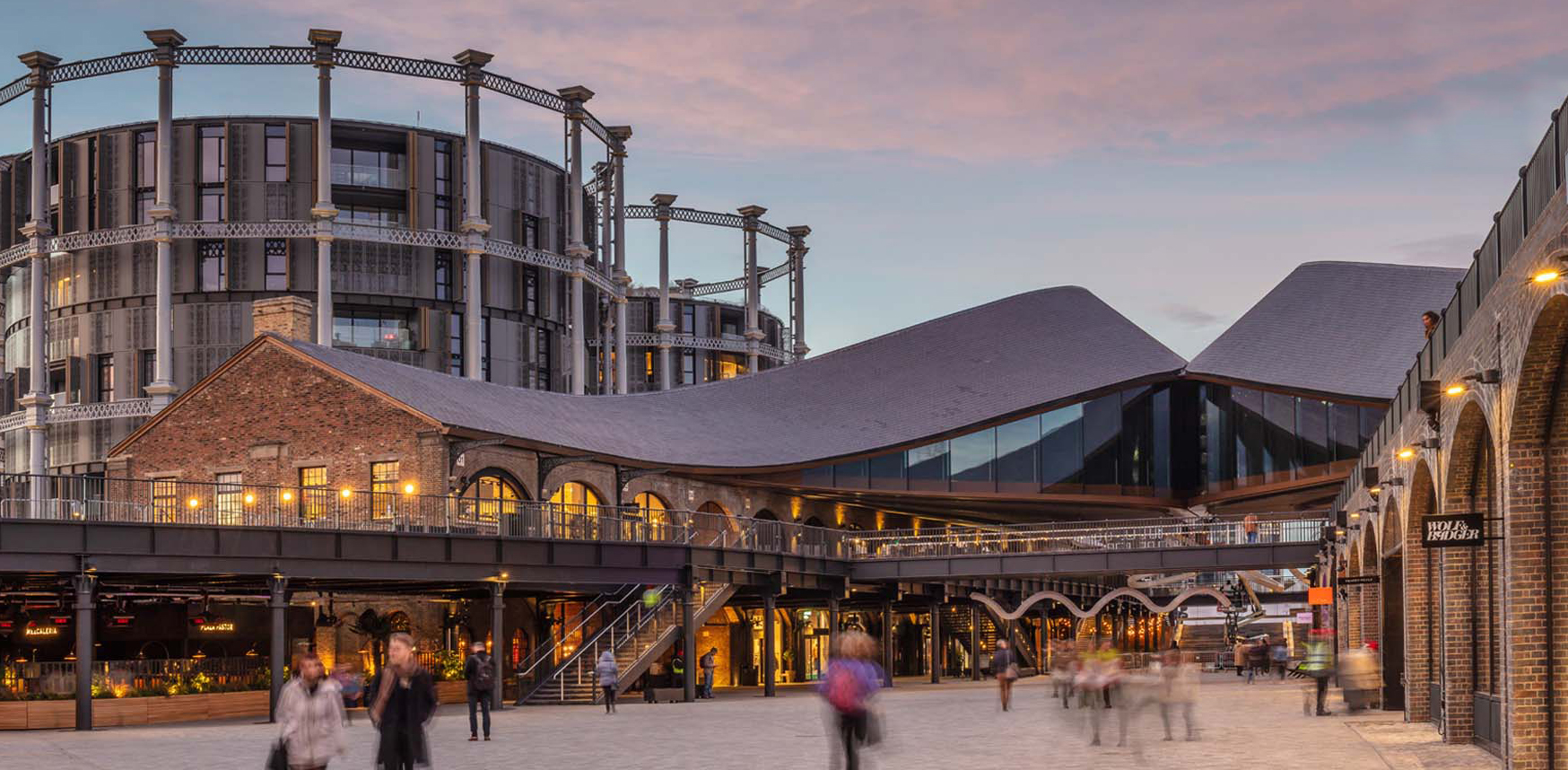Phaidon’s new publication Ruin and Redemption in Architecture explores the power of abandoned architecture, traversing history and narratives through the decrepit walls of long forgotten and lost structures. Not only does this book look to the past, it looks towards the future, examining the extraordinary ways lost architecture can be reimagined and repurposed.

Before and After: A Sugar Mill in Guangxi, China — completed 1960s and abandoned 2002 — was transformed into the Alila Yangshuo Hotel; images courtesy Vector Architects; transformed 2017.
Ranging from a 14th Century Gothic church to a dilapidated cement factory, Ruin and Redemption demonstrates how ingenious design can revitalize and make use of even the most crippled structures. Rather than destroying and erasing, places are preserved and given new meaning, proving that brave renovations and restorations have the power to change communities, neighborhoods and cities. Below is a selection of six intriguing reimagined and transformed spaces featured in this stunning book that stood out most to us:
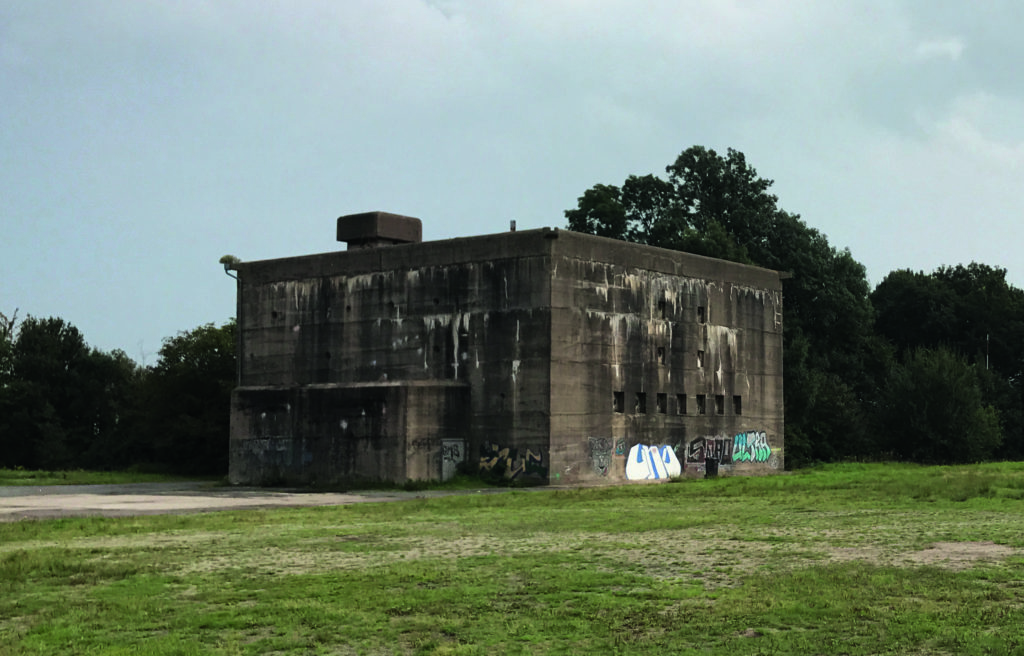
Prussian Navy Bunker, courtesy of Dorte Mandrup Arkitekter

Trilateral Wadden Sea World Heritage Partnership Center, courtesy of Dorte Mandrup Arkitekter
Prussian Navy Bunker (1853) reimagined to Trilateral Wadden Sea World Heritage Partnership Center (2018)
Erected in 1853, this abandoned bunker, situated on the Wadden Sea along Germany’s northwest coast, is being converted into a new office building for a company focused on protecting and preserving the Wadden Sea area. A proposal by Danish firm Dorte Mandrup Arkitekter was selected for the project, which seeks to integrate the bunker into the design of the new office building.
Four stories of spaces for offices, conference areas, and technical research will be added above the former structure, and then wrapped entirely by a double-glazed façade. The bunker will be transformed into a space for exhibitions, events, and archives.
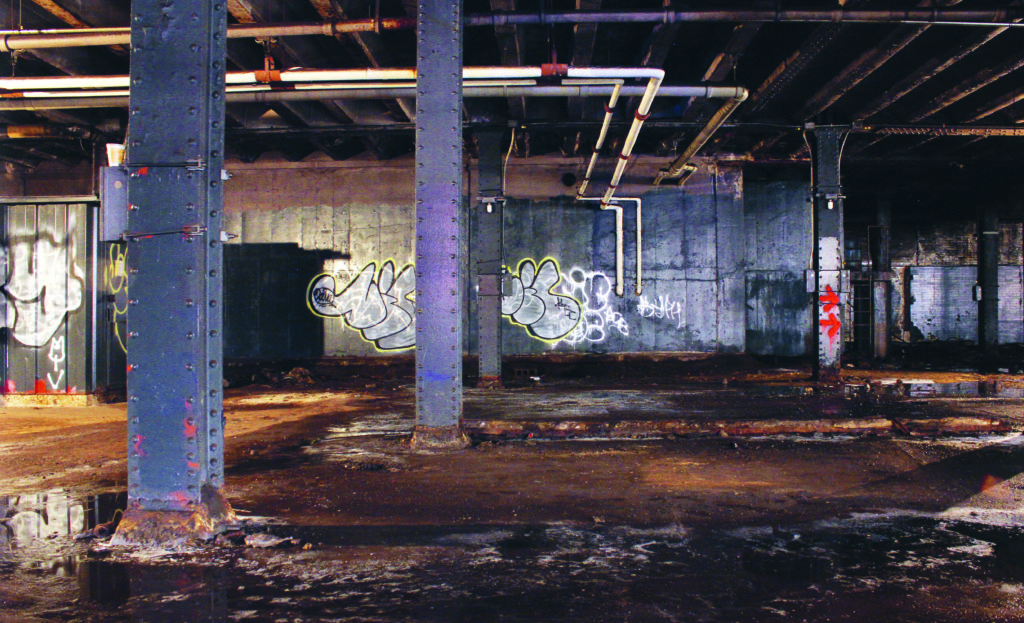
Williamsburg Bridge Trolley Terminal, courtesy of Lowline
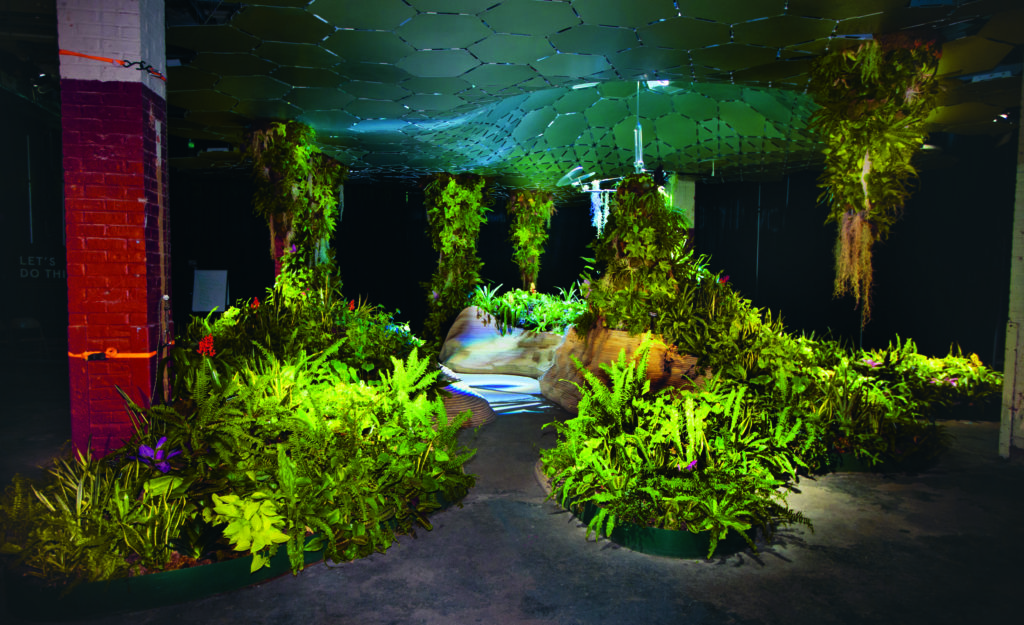
Lowline, photo by Andrew Einhorn
Williamsburg Bridge Trolley Terminal (1908) reimagined to Lowline (2011)
Originally built in 1908, the abandoned Williamsburg Trolley Terminal is up for a reinvention into an urban park called the “Lowline”. The 60,000 square foot underground site lying just below the crowded sidewalks of the Lower East Side would host an open plaza, walkways, extensive greenery, and flexible spaces for meetings and gatherings.
The space’s design seeks to juxtapose existing rail lines and Belgian blocks with the new features. Optical technology would introduce reflected daylight, which would facilitate the green space allowing it to thrive naturally. Following public support from elected officials and local community groups, the Lowline received a conditional site designation in 2016.

11th Street Bridge Park, courtesy of OMA and OLIN
11th Street Bridge (1965) reimagined to 11th Street Bridge Park (2016)
The 11th Street Bridge Park is a reimagining of the unused bridge spans within the 11th Street Bridges in Washington D.C. Inspired by New York’s Highline, the D.C. Mayor’s Office of Planning proposed retaining the structures and transforming them into an elevated park. The vision was centered on an opportunity to support the economy and improve residents’ well-being in a surrounding low-income neighborhood.
A proposal by OMA and OLIN was selected for the park’s design, which envisioned a series of connecting pathways and wide ranging amenities to be built on the pillars of the old road bridge. Residents from the surrounding area will benefit from this reimagining, with the creation of new outdoor attractions, recreational facilities, and community programs.
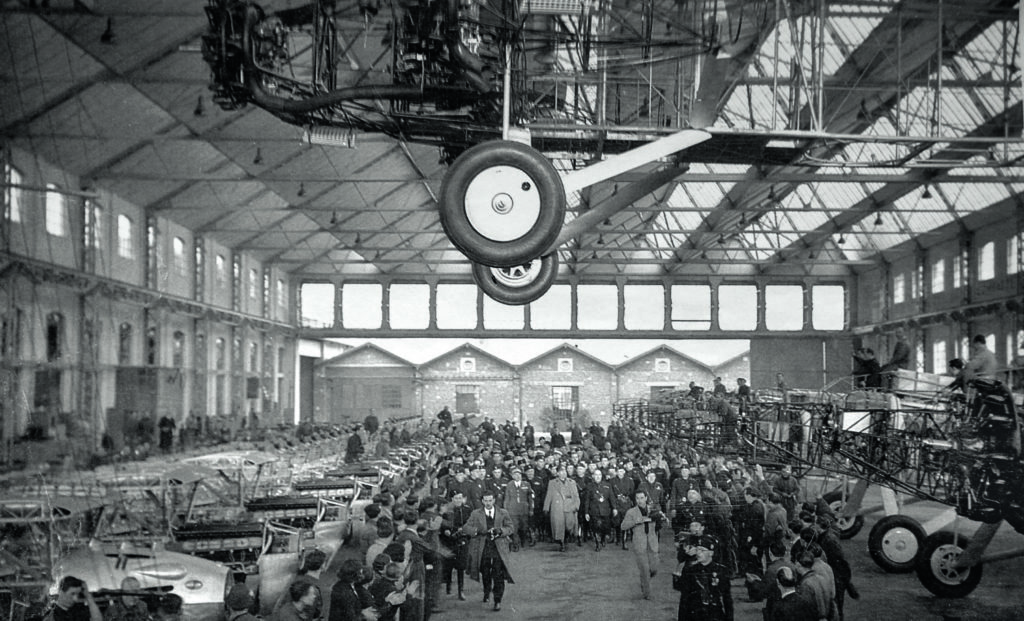
Caproni Factory; image courtesy of Piuarch
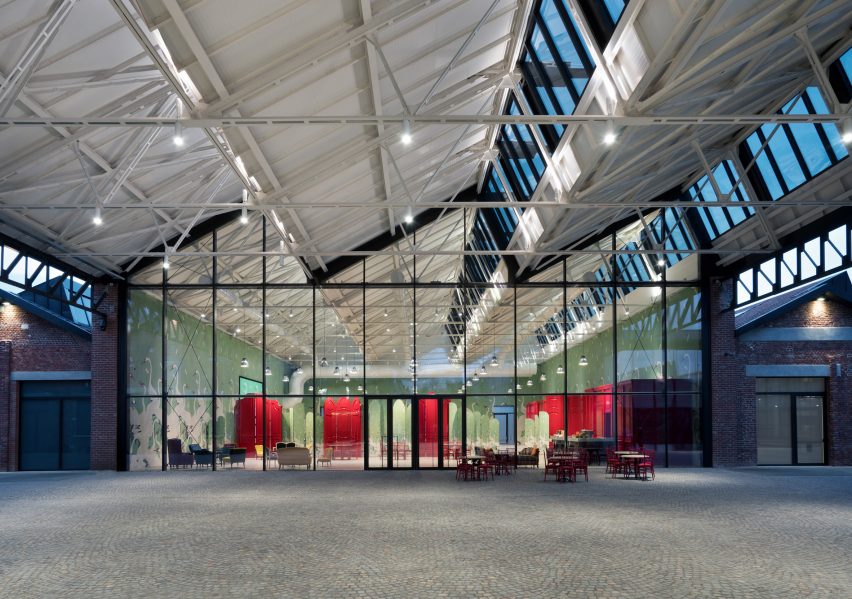
Gucci Hub; image courtesy of Piuarch

Gucci Hub, courtesy of Piuarch
Caproni Factory (1915) transformed to Gucci Hub (2012)
In the early 2000s fashion house Gucci selected the Caproni Factory, a former aircraft warehouse and hangar complex, to be the site of its new international headquarters. Milanese design firm, Piuarch, was selected to repurpose the abandoned factory. They focused on an approach that would retain the original architectural style while building a new and dynamic creative hub. The site’s historically significant buildings were preserved, most notably the hangar, which now hosts events and fashion shows.
Façades of the original brick factory buildings were renovated but untouched, and large windows and glazed doors were added to increase the flow of natural light. A new, adjacent six-story tower housing corporate offices was constructed, which works to conform with the original structures. This new multipurpose space foster a city-like feeling based on its scale and intermixed pedestrian routes.
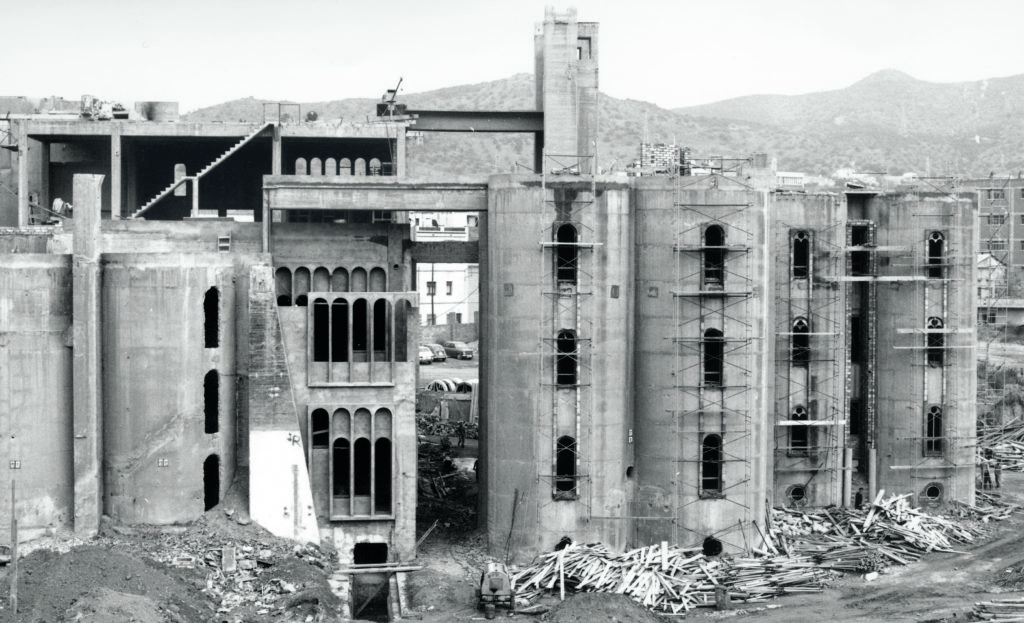
Cement Factory, courtesy of RICARDO BOFILL TALLER DE ARQUITECTURA
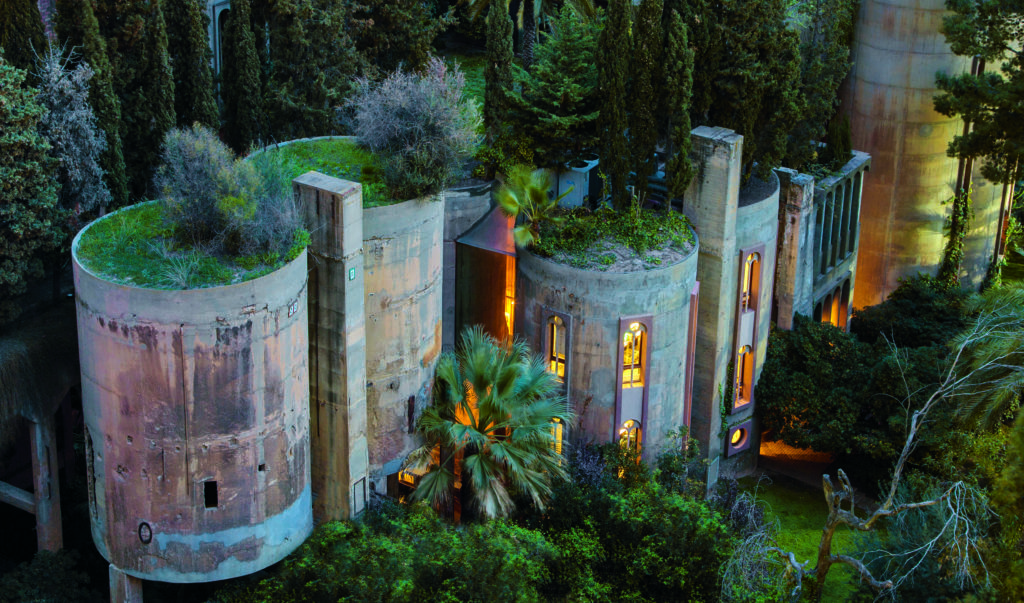
La Fábrica, courtesy of RICARDO BOFILL TALLER DE ARQUITECTURA
Cement Factory (1921) transformed to La Fábrica (1975)
In 1973, architect Ricardo Bofill discovered an abandoned, dilapidated cement factory that was part of a World War I era industrial complex. It comprised over thirty silos, two and a half miles of underground tunnels and huge engine rooms. Enamored by the sculptural quality of the partially ruined structures and materials, Bofill decided to transform the facility into his head office.
The process started with the demolition of two thirds of the site, which was followed by defining usable spaces, cleaning the site and enhancing it with surrounding greenery. Eight silos remained and were converted into offices, a modelling laboratory, archives, a library, a projection room and a huge space known as “The Cathedral”. It also contains Bofill’s home. Invasive greenery carpets the buildings from the shrubs on the roofs to the vines traversing the sides, all while situated within gardens of eucalyptus, palms, olive trees, and cypresses.
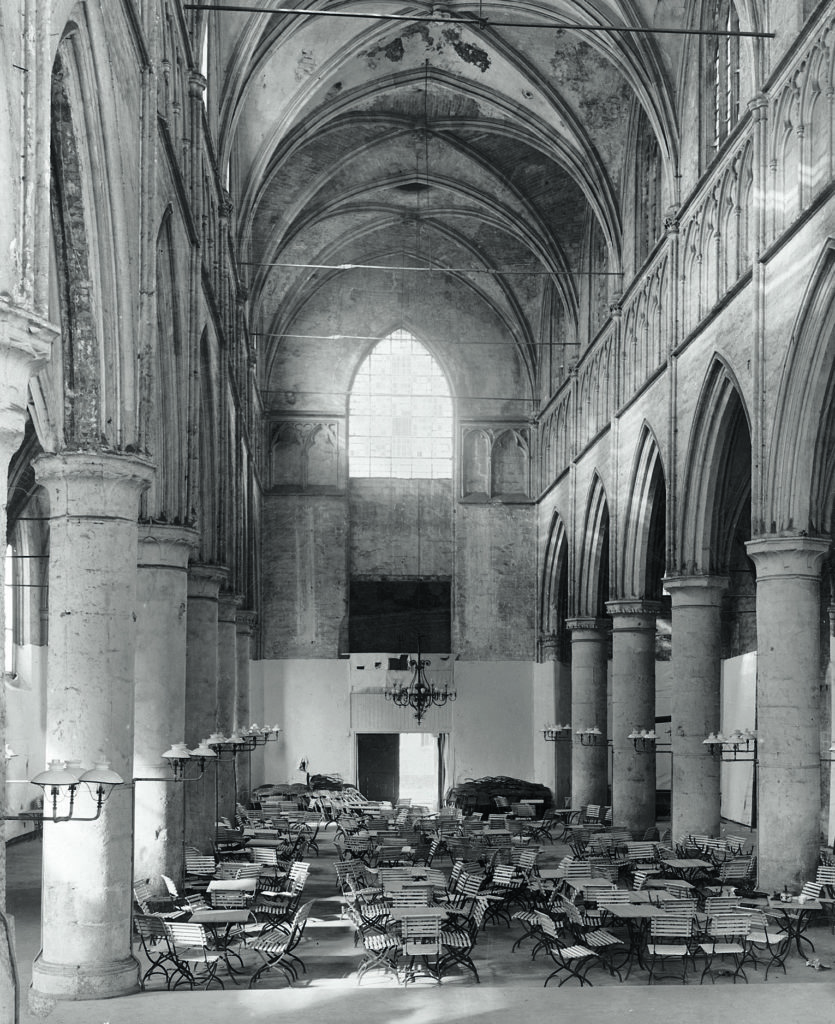
Dominican Church, courtesy of Roos Aldershoff / Merkx + Girod / Merk X architects and designers

Boekhandel Selexyz Dominicanen, courtesy of Roos Aldershoff / Merkx + Girod / Merk X architects and designers
Dominican Church (1294) transformed to Boekhandel Selexyz (2005)
Seeking a compelling new location for a bookstore, in 2005 Dutch bookseller Selexys turned to Amsterdam-based architecture firm Merkx + Girod to repurpose this Dominican church built in 1294. The gothic church takes on another transformation after a centuries-long history of repurposing. The firm sought to create an adequate space for reading while restoring, celebrating, and paying proper reverence to the religious and historical features of the structure.
Due to a lack of floor space, a three-story vertical walk-in bookcase in between the central and lateral aisles, accessible by a series of walkways and elevators was constructed. The remains of historic ceiling paintings dating back to 1337 and 1619 overlook the space contributing to the ethereal essence of the space.
To read more incredible tales about historic architecture and the story of their transformation, pick up a copy of Phaidon’s Ruin and Redemption today:

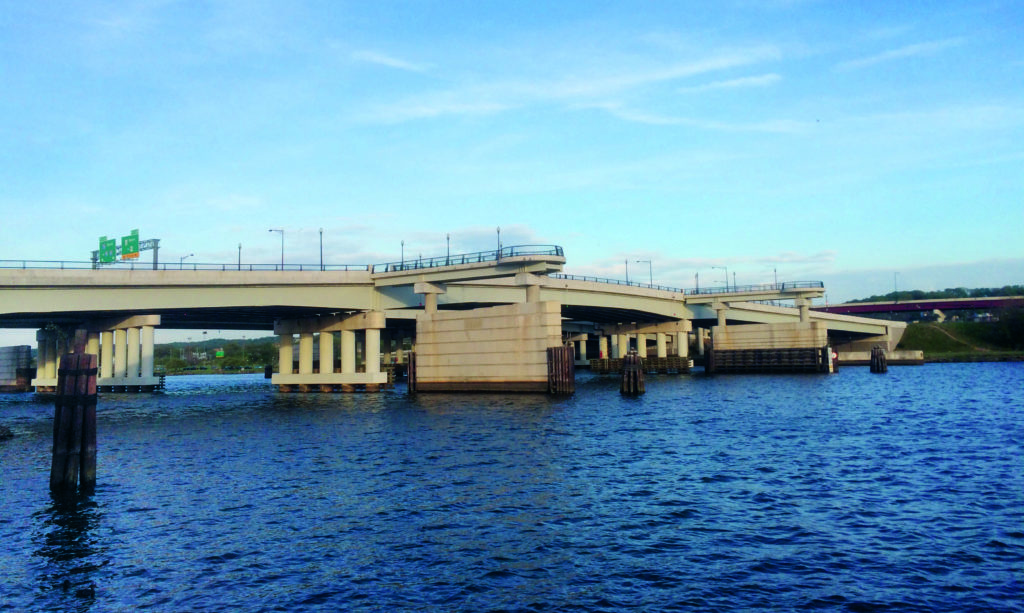
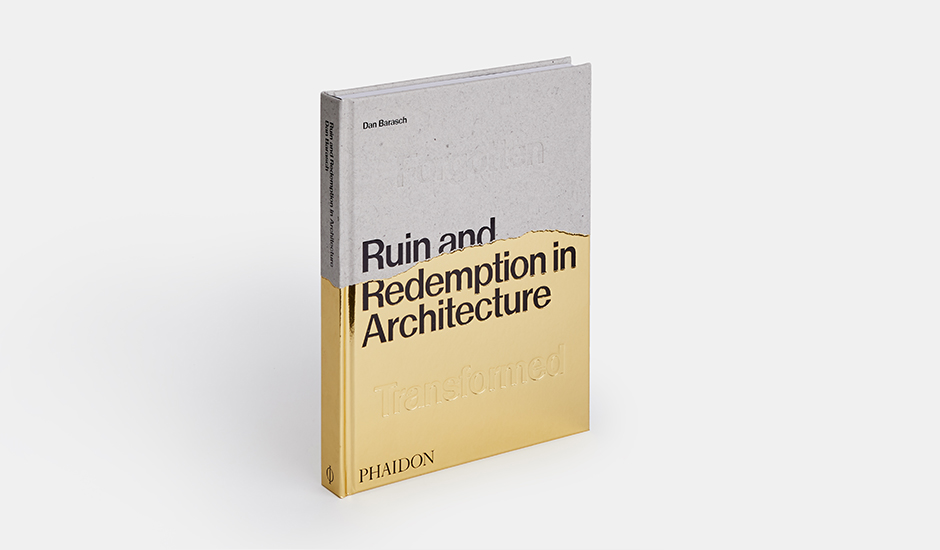





 High Line
High Line  Ricardo Bofill Taller de Arquitectura Headquarters
Ricardo Bofill Taller de Arquitectura Headquarters  The Lowline Lab
The Lowline Lab 